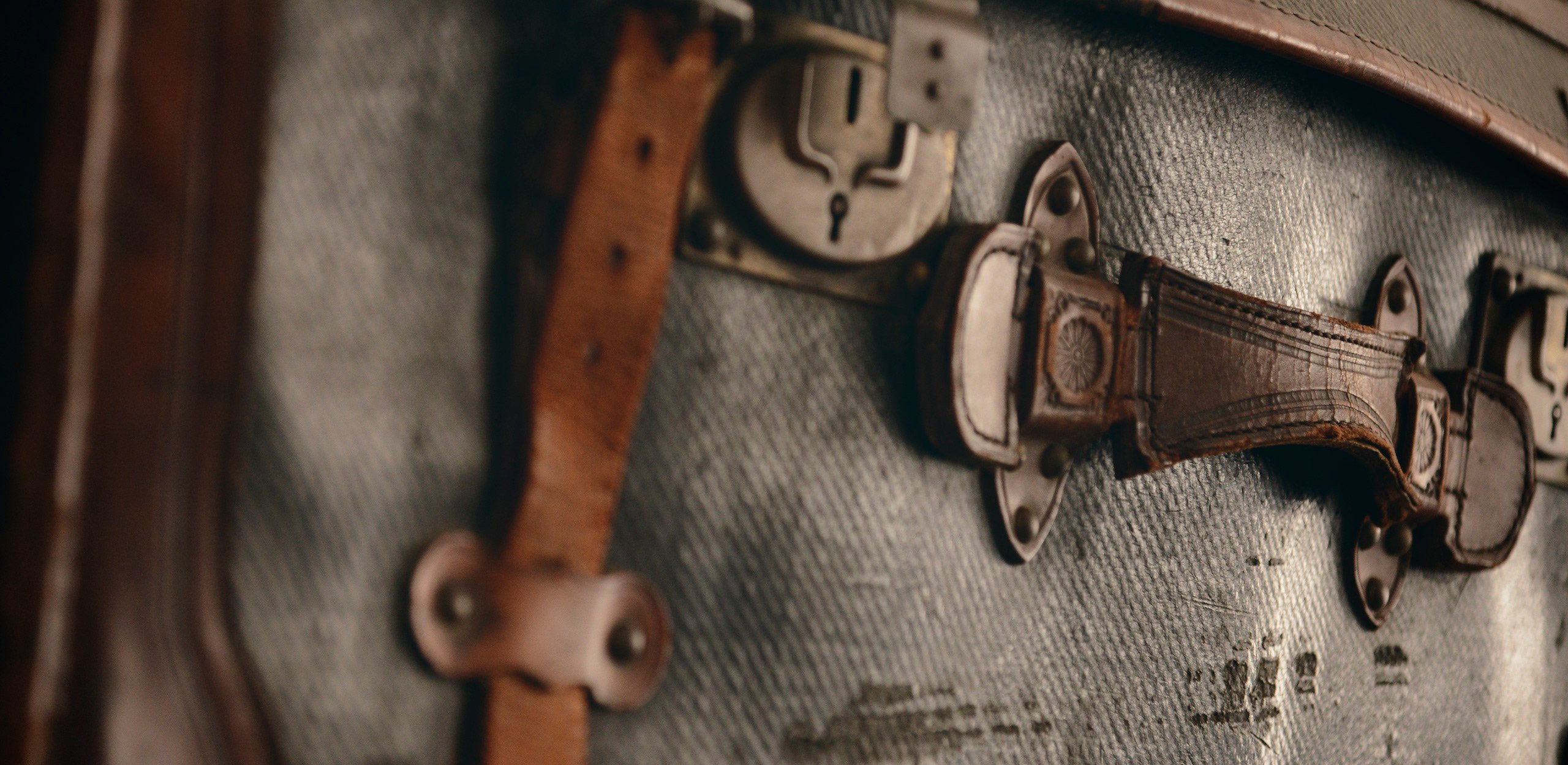
As the automobile has grown to become the main transportation choice for people ever since the beginning of the 19th century, it has greatly influenced the way people travel. Back in the day, when wealthy people needed to travel long distances, they originally relied on a coach, then the train, and then the car. This kick-started the evolution for traveling luggage cases, particularly in regards to their form and their choice of materials. French haute leather goods brand Moynat has been deeply involved with these changes throughout the past 166 years, and has been evolving their product design with each passing decade ever since.
Beginning in 1899, Moynat produced the first simple carry on bag for overnight essentials, which was particularly suitable for transporting women’s cosmetics. Later, Moynat became one of the first brands to specifically create suitcases for cars, and with them, began customising many luggage cases according to each customer’s preferences. In this way, Moynat’s could be sure to take full advantage of their luggage compartment space.
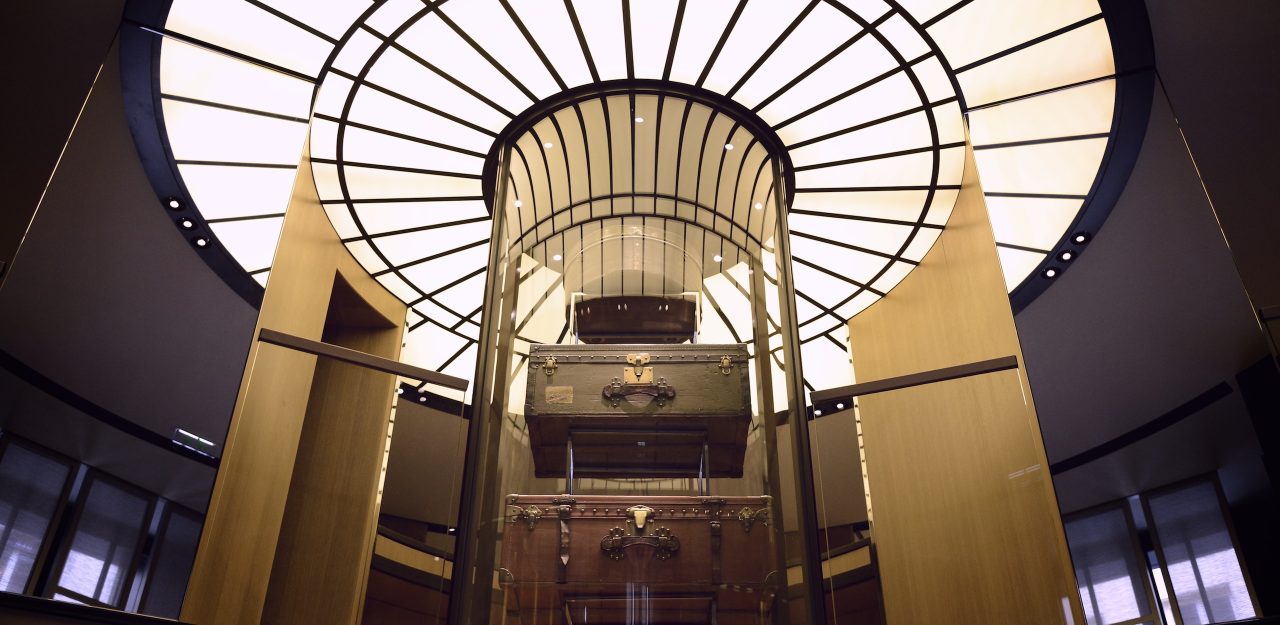
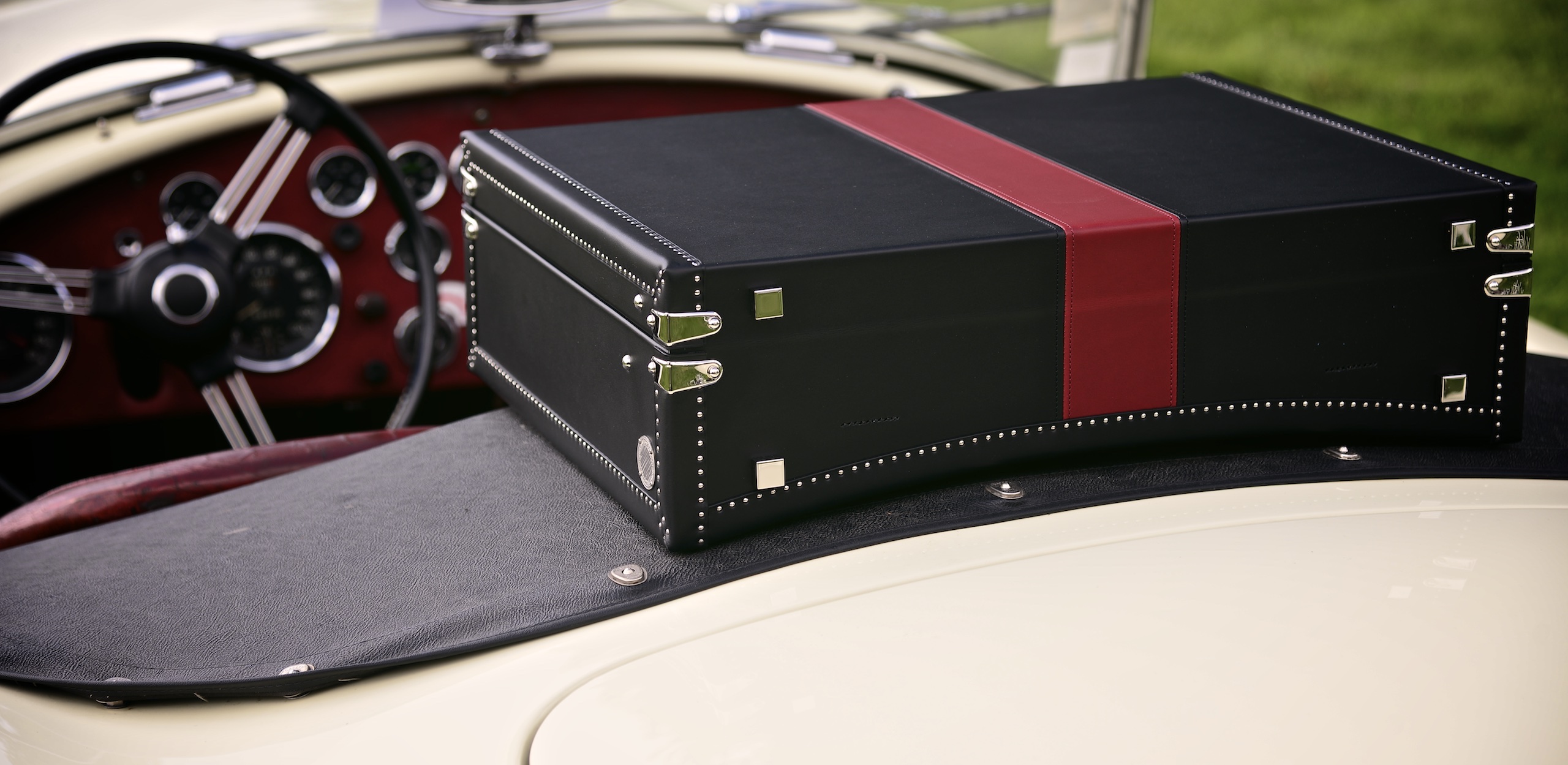
Cars in the past had lines and forms which bore no resemblance with today’s mass produced shapes. With no computer-aided designs, the bodies were mostly handmade with a plenty of compound curves and arcs. The luggage cases designed by Moynat from the beginning were closely related to the culture of car travel. Because those earlier cars lacked large luggage compartment space, bulky suitcases were usually attached outside of the car. This required them to be made with materials that could withstand the wind and the rain, and they also required a curved bottoms and sides in order to fit with the car’s curved body. The bespoke requirement led Moynat to patent their custom-styled Limousine Trunk early in 1902, so that no other brands were able to copy their designs.
Looking a little further into the Moynat’s history, one finds the genesis of their design direction. From the brand’s birth in 1849, Moynat designed custom luggage cases to fit the inside of a coach’s rear trunk. The world then had no supermarkets nor 24 hours convenience stores, so when the wealthy needed to travel, they literally had to place half of their belongings into carry luggage; thus the gigantic travel trunks of that era. You can still see some of those classic products when visiting Moynat headquarters on 348 rue Saint Honore Paris today. They are still in good shape and have not required special reconditioning; the past a hundred years have certainly confirmed the respect bestowed on Moynat’s traditional craftsmanship.
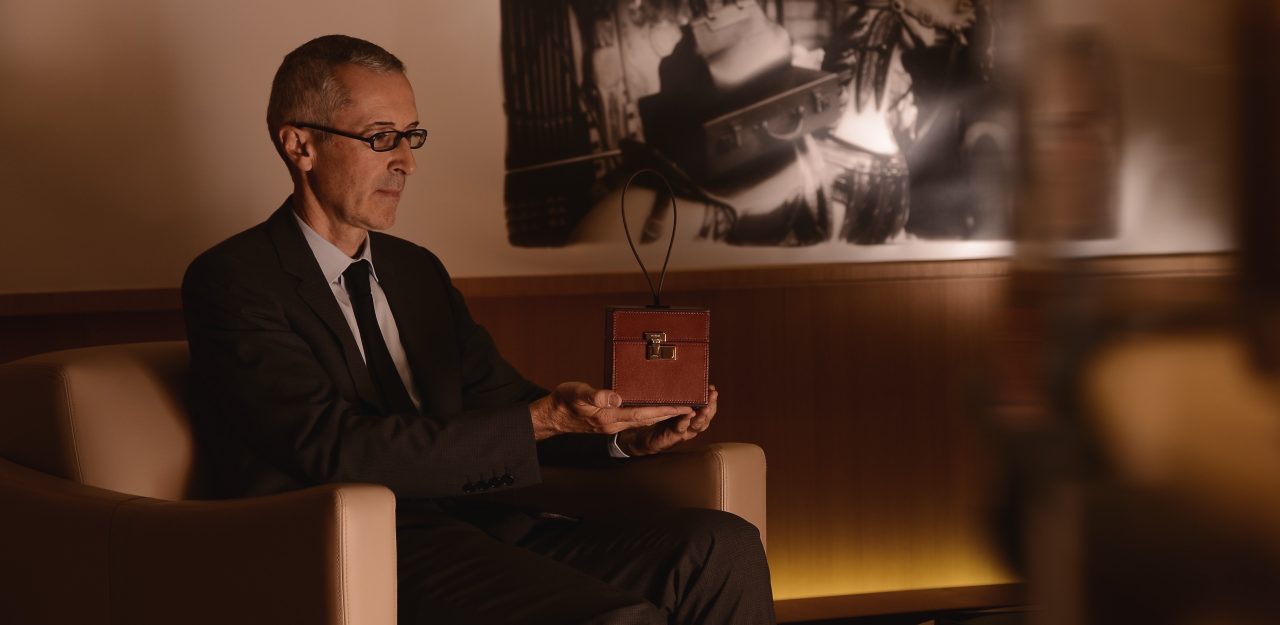
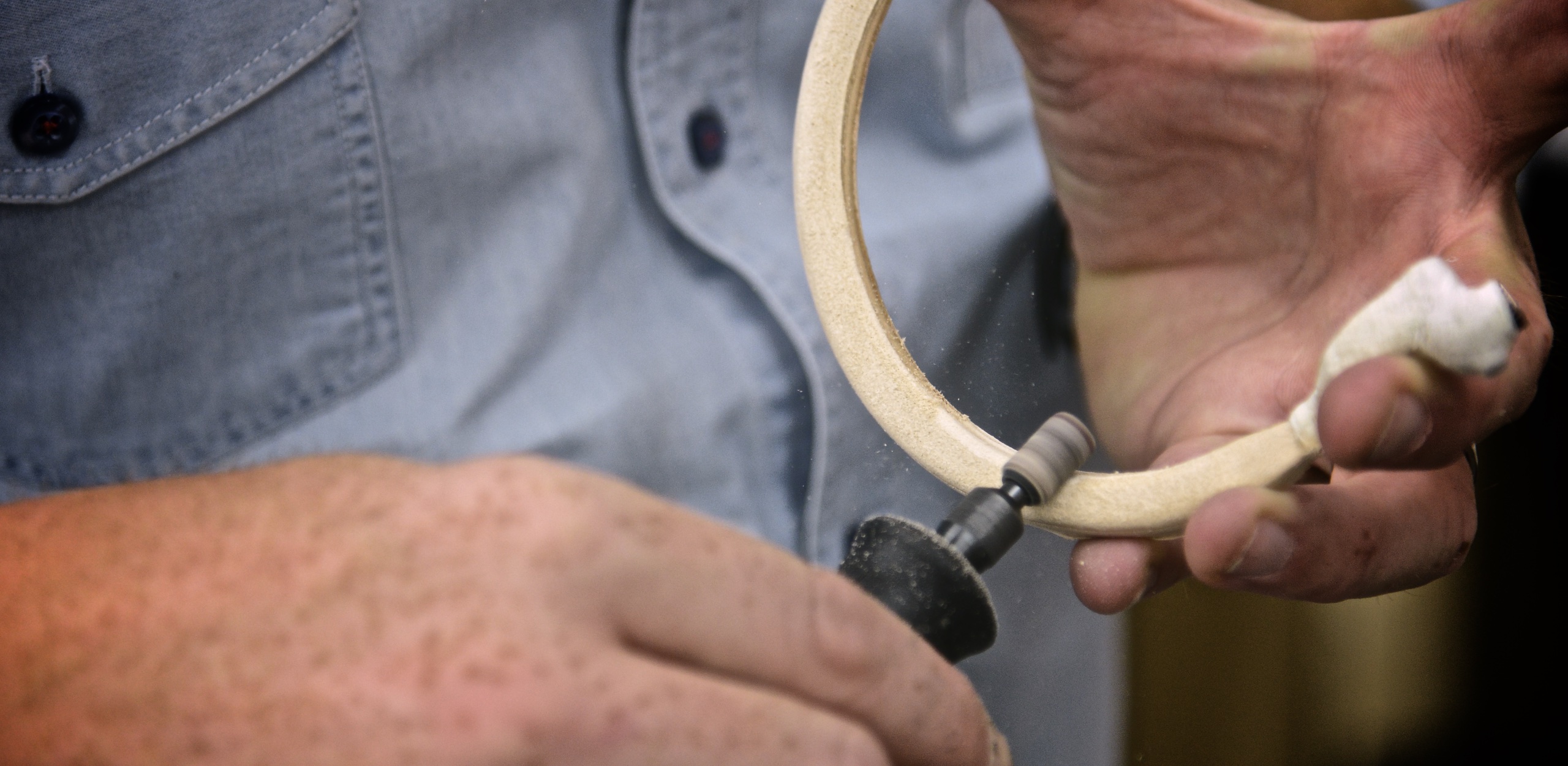
Although World War II caused Moynat to fade away from the luxury market, CEO Guillaume Davin and Art Director Ramesh Nair have been actively working to revive Moynat’s reputation of traditional craftsmanship ever since the rebirth of the brand in 2011.
When we visited Moynat’s workshop near their headquarters, there was no visible assembly production line. It shouldn’t be a surprise as Moynat persists to have every step of the production processes be dependant on a craftsman’s hand. After customers have chosen their desired design, many of them need to wait an average of three to four months for their finished product. Guillaume Davin stresses their are not plans to change; Moynat is determined to continue their tried and true manual production process. A case in point are handbag handles. Moynat creates the bag handles using a combination of six to seven pieces of custom sized and curved leather, whereas other brands usually use steel wires and wrapped leather. Since metal is prone to snapping or changing after prolonged use, it is rare for a metal handle to survive for decades. Moynat is proud to guarantee their leather handle designs aim to last for the owner’s lifetime, if not more. Today, those decades old luggage cases still seen in Moynat’s headquarters also provide further evidence of their craftsman’s careful choice of material and their exquisite manufacturing skills.

Every year, Moynat creates around 80 design sketches, but only three to five of them are produced. By incorporating the essence of Moynat through each of the fresh designs, they can continue to create new classics as finely crafted art pieces. We asked Ramesh Nair about the basic differences between French and Italian handbags and hand held luggage, based on the idea of design and craftsmanship. Nair compared those differences to the variance between French and Italian cuisine. Whereas the prior emphasises both taste and appearance, and focuses down onto the very fine details, such as the knife that was used; the latter is relatively more free and natural.
Moynat was one of the collaborators for France’s Chantilly Arts et Elegance event this year. At this rapidly growing classic car show, organisers and vendors are able to reminisce about the old days with all of their attendees. At Moynat’s stall, they displayed a Breakfast Trunk, which was nearly half the size of an adult, and was perfect to be used in the field for picnics. Moynat also introduced two of their new handbag series that were inspired by cars. Firstly, there was the Limousine Travel Bag, made with Taurillon Gex leather and designed by Ramesh Nair himself. The bag has a curve resembling the curve on the body of a classic car and can be imagined as the continuation of the Limousine Trunk from 1902.
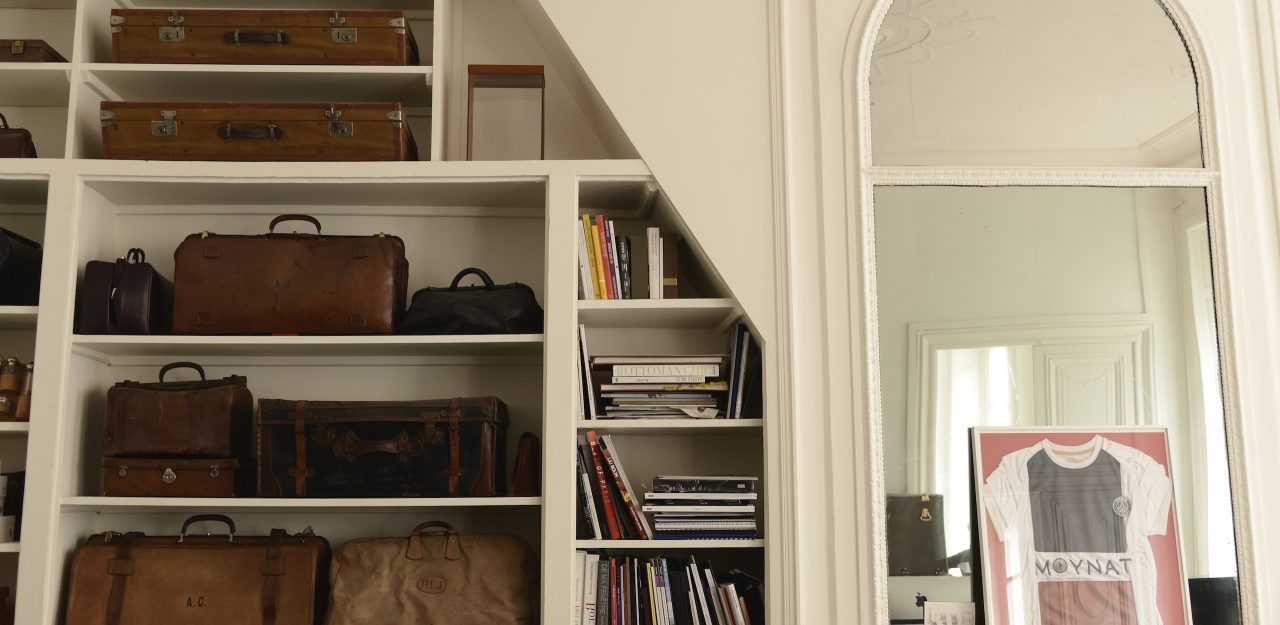
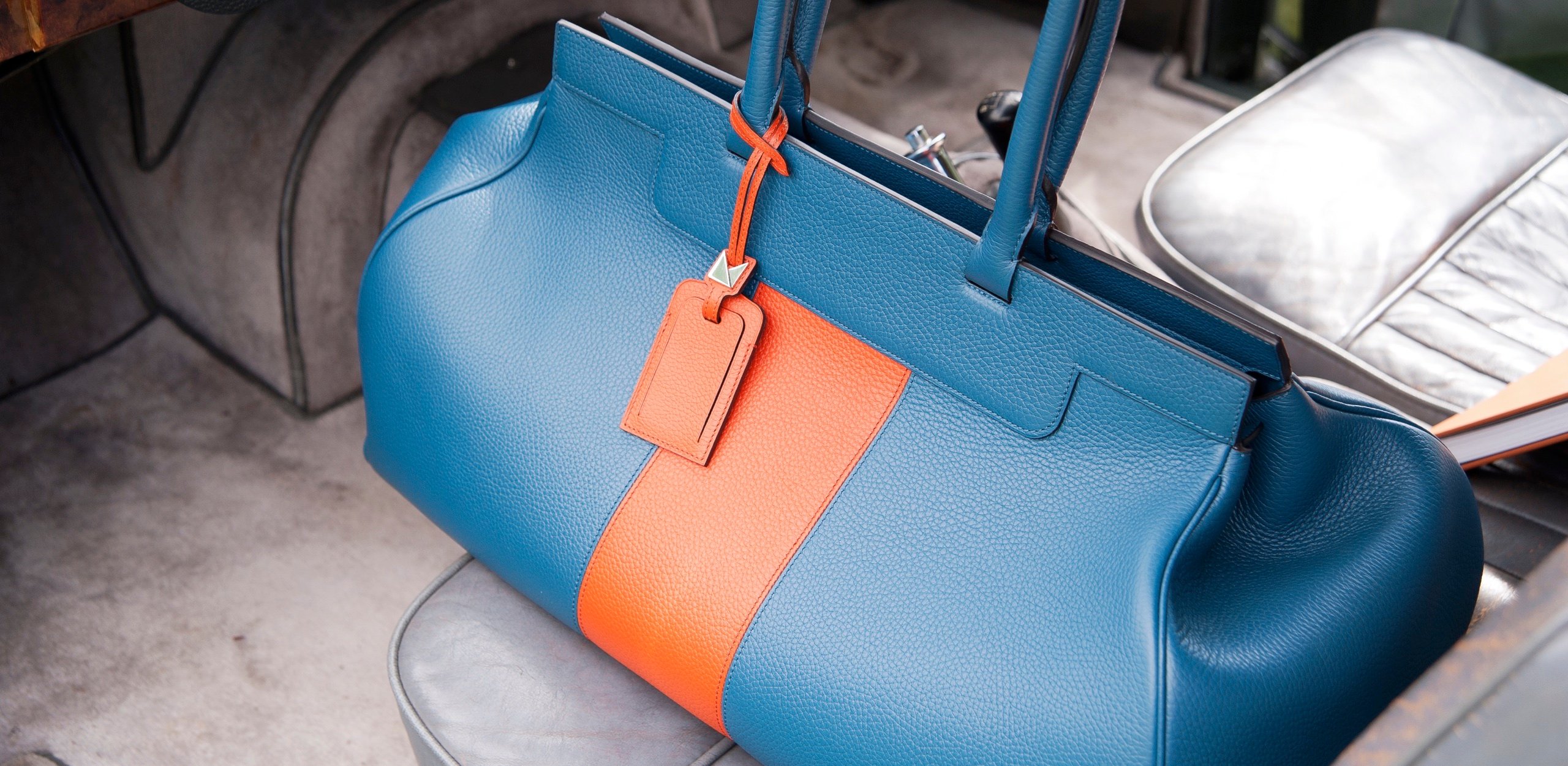
The other bag in the series, Ruban, is comprised of three models that play with color contrast, and remind one of the colorful advertising signs seen at the race track. This series is the most important introduction since Moynat’s relaunch in 2011. The three models, Limousine, Réjane and Pauline, are all created with considerations of them being used in different cars. Take Limousine as an example; the bag body is like the Pauline handbag, which is very light, and has an extra long handle. This way, the driver can easily fetch it even when it is placed in the back seat.
While countless stylish leather handbag brands can be found throughout the streets of France, when it comes to a brand which is truly linked with the earliest road cars, there is only Moynat.
